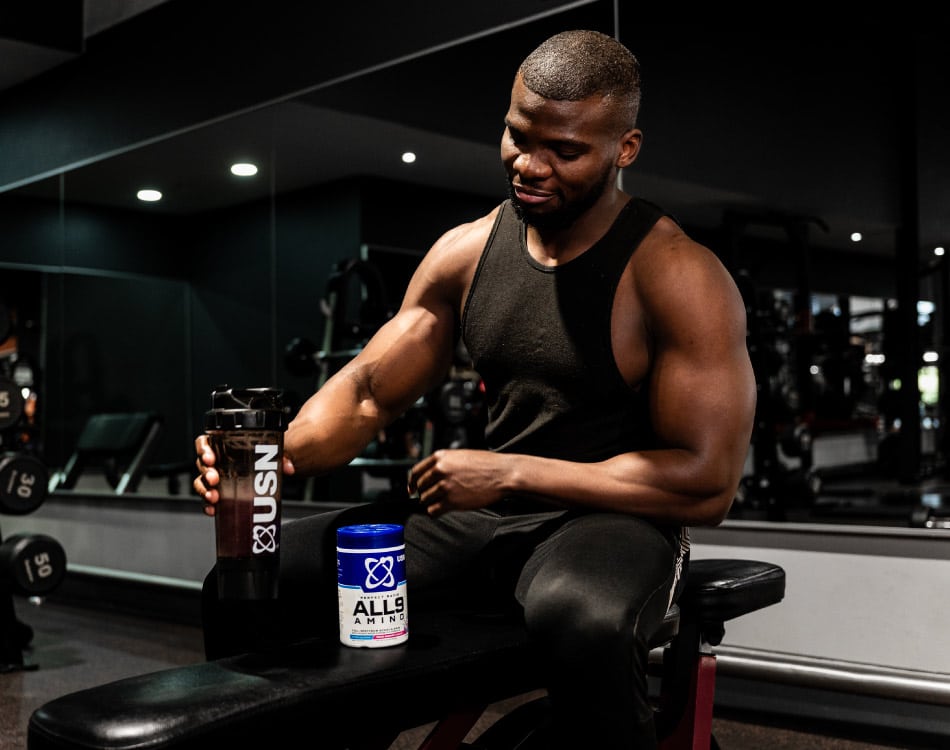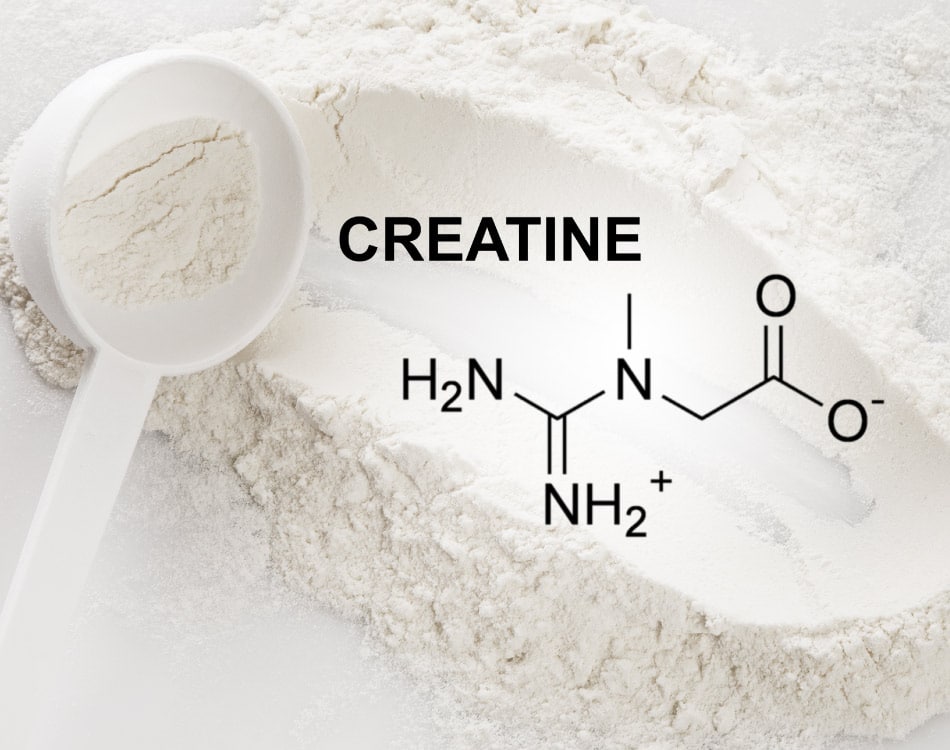Creating a more muscular look is about more than just gaining muscle as limiting muscle loss to maintain our gains is often just as important.
A post-workout protein shake is a highly effective way to build muscle because, when a workout ends, our body is primed to absorb the protein to kick the recovery and rebuilding processes into gear.
But we can also boost our results when we take steps to limit the muscle we could potentially lose during and after training. As research into recovery has advanced, new supplement, nutritional and recovery approaches have emerged.
What we know today is that eating right and hitting our daily macros, sleeping well and taking the right supplements at the right times are vital to halt the catabolic (muscle breakdown) effects of exercise and daily life.
READ MORE | Limit Muscle Loss, Boost Recovery With A Peri-Workout Supplement Plan
Feed muscles before and during training
Exercise, by its nature, is catabolic – it breaks down muscle tissue and releases energy. One vital way to limit muscle breakdown is with a smart supplement approach.
Sipping on an intelligently-formulated supplement before and during training provides a steady supply of amino acids, which can deliver muscle-sparing benefits by limiting damage, optimising tissue repair and enhancing recovery.
As a result, the pre- and intra-workout supplement market has grown significantly in recent years, with numerous products now on offer that provide a range of essential amino acids (EAAs), branched-chain amino acids (BCAAs) and various protein sources.
READ MORE | Nail Your Night-Time Nutrition To Boost Recovery & Limit Muscle Loss
Easier digestion, faster absorption
Before you buy a product, carefully consider its protein source. An effective pre- or intra-workout product should contain a highly bioavailable protein, like hydrolysed whey, which is partially pre-digested during the manufacturing process.
It is also worth considering your digestive health and any allergies or intolerances. Lactose intolerance, IBS and other common digestive conditions can impact protein absorption and can lead to serious discomfort during training. In some instances, a plant-based protein source might be better.
For these reasons, amino acids – either EAAs, BCAAs or a combination – are often preferred over complete proteins in pre- and intra-workout supplements due to their limited impact on digestion during intense exercise.
This benefit is derived from lower mechanical digestion demands, which requires sufficient blood flow to your gut. However, when you’re knocking out heavy reps or grinding out sled sprints, the muscles tend to monopolise your blood supply. That means there is less blood available to support digestion.
EAAs and BCAAs, which require less digestion and are rapidly absorbed, limit the potential for gastrointestinal issues and get into the blood quickly to support working muscles, which is why they are often preferred over complete proteins.
READ MORE | The Right Way To Use Amino Acids For More Muscle
Spare muscle & limit damage
There are numerous studies that support these benefits. One such study found that BCAAs taken before and after damaging weight training reduced muscle damage and accelerated recovery. The research findings also found significant reductions in muscle soreness and an increase in maximum muscle power output.
There is also a strong scientific support for including carbs in intra-workouts to amplify these benefits.
According to a study by Australian researchers, ingesting carbs during your workout can boost the anabolic response and may also blunt the natural exercise-induced cortisol response, which can help to limit muscle loss or even potentially reduce fat storage.
READ MORE | Pick Your Training Split To Muscle-Up Your Workouts
Limiting loss between workouts
When you leave the gym, a suitable protein shake will boost your recovery, but a whey shake might not be the most effective option in this regard, depending on your diet.
For those who drink a whey shake only after training, a protein blend that contains whey, casein and soy may have a better muscle-sparing effect. A clinical study showed an increase in anabolism when consumed during the important post-workout anabolic window.
Whey’s rapid release makes it ideal to stimulate the anabolic response, which is supported by its high leucine content, while the soy and the casein offered the ideal combination to provide a sustained release of amino acids for up to five hours after consumption, which helps to limit muscle loss between meals.
If, however, you eat a protein-rich meal or drink multiple whey shakes a day, then this might not be necessary.
For similar reasons, a casein supplement is often ideal for use at night as it is digested and absorbed more slowly than whey. The resultant steady amino acid trickle over a prolonged period during the night can have a significant muscle-sparing effect.













